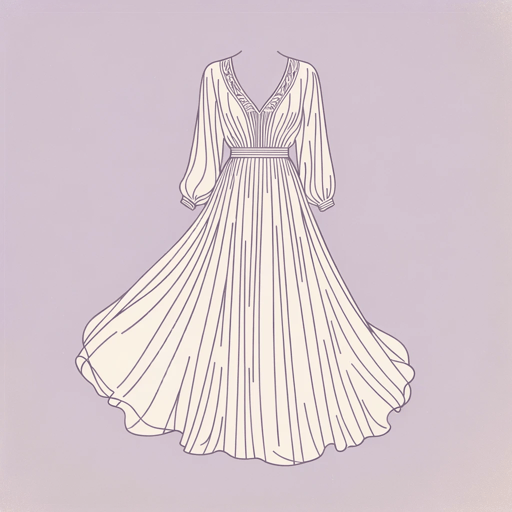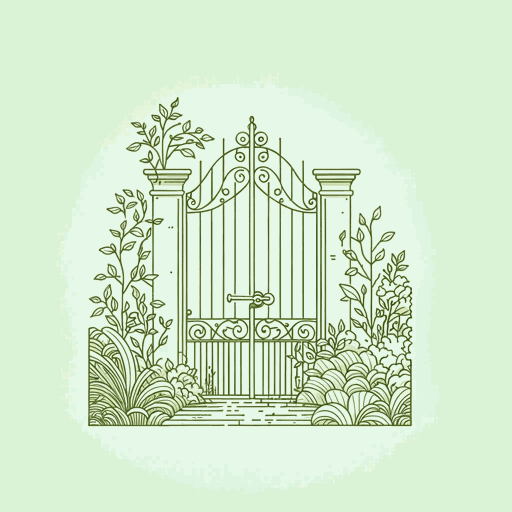67 pages • 2 hours read
Kate MortonThe Clockmaker's Daughter
Fiction | Novel | Adult | Published in 2018A modern alternative to SparkNotes and CliffsNotes, SuperSummary offers high-quality Study Guides with detailed chapter summaries and analysis of major themes, characters, and more.
Background
Cultural Context: The Pre-Raphaelites
The Magenta Brotherhood described in the novel is loosely patterned on a Victorian group of artists who called themselves the Pre-Raphaelite Brotherhood. The three members who originated the idea in 1848—Dante Gabriel Rossetti, John Everett Millais, and William Holman Hunt—expanded the original group to seven. Later artists associated with the group included Edward Burne-Jones, William Morris, and John Waterhouse.
The aesthetic of the Pre-Raphaelite Brotherhood drew on 18th- and 19th-century Romanticism, which emphasized feeling and expression in literature and art. The Pre-Raphaelites agreed that the aesthetic upheld by the Royal Academy of Arts in their time was unimaginative and uninspired—too mannered and methodical. They claimed that this trend had begun with 16th-century artists like Michelangelo and Raphael, and the group wanted to return to styles that had predominated in 15th-century Italian art before Raphael. The Pre-Raphaelites declared an interest in the medieval, mystical, and romantic, and their aesthetic demanded fine detail, vibrant color, and layered compositions that produced what they felt was a more natural style. The character of Pippa in the novel describes the Pre-Raphaelites as “obsessed over things like nature and truth; color, composition, and the meaning of beauty,” with an eye for 







Related Titles
By Kate Morton




